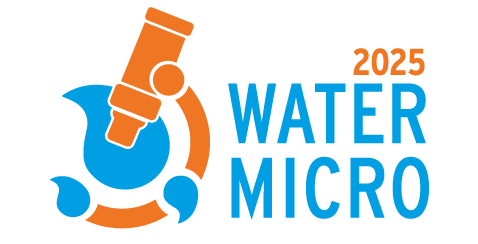There’s one recurring essence that flows through the Netherlands’ history and binds its people together: water. From the Mesolithic tribes that hunted on canoes to the explorers that set sail and ventured beyond the edges of the known-world, water has always shaped the Netherlands and its people. Despite the fact that the Roman author Pliny the Elder once described it as “a pitiful land flooded twice a day”, the Dutch still successfully transformed it into one of the world’s most prosperous nations. Water gives us life, and we couldn’t live without it.
Lees verder: The Netherlands and WaterWhether it’s a life spent sailing the world, cruising along idyllic canals or fishing for the perfect catch, the Dutch people’s relationship with water is known and respected internationally. This is no ordinary love: it is a connection forged throughout history and generations, and a bond that strengthens with each passing day. The flow of water shapes who we are: it meant that we created the world’s earliest public transport network, using passenger boats to travel over the otherwise impassable landscape in the 17th century, and it inspires our biggest cultural events, like the Elfstedentocht (Eleven Cities Tour), a 200km ice-skating race along frozen canals. In fact, living with water also informs the direct and pragmatic character of the Dutch – to survive we had to work together and be decisive. This approach even has its own water-themed word in our language: poldermodel.
Water doesn’t just permeate through the lives of the Dutch people; it runs through the land itself: a fifth of the total surface area of the country consists of water. The Dutch relationship with water is one of balance, a matter of life and death. We might cherish it, but we have had to fight water for almost every bit of land we now inhabit. As early as in the 14th century we were reclaiming land to live on. Today we’re continuing that work in an effort to not only let nature prosper, but to also build modern cities and town. Nearly a third of our country lies below sea level, and without its fascinating landscape of ditches, canals, lakes, rivers, windmills, polders and dikes, half would be flooded.
Did you know?
- That almost a third of the Netherlands lies below sea level?
- The Dutch coastline is 230 kilometers long and 75% is made out of dunes which can be a couple of kilometers wide.
- The mainland is also very rich in water: 17% of the total surface consists of water.
- The waterways are in total over 6,000 km long.
If you’re lucky enough to visit the Netherlands, you’ll immediately see evidence of this special relationship. As well as the canals that wind alongside our streets and the houseboats that queue up along our waterways, there are monumental windmills, water-rich nature reserves, historic pumping stations, beautiful beaches, magnificent museums and UNESCO World Heritage Sites to discover. So, take a journey with us and let our special relationship with water inspire you.
